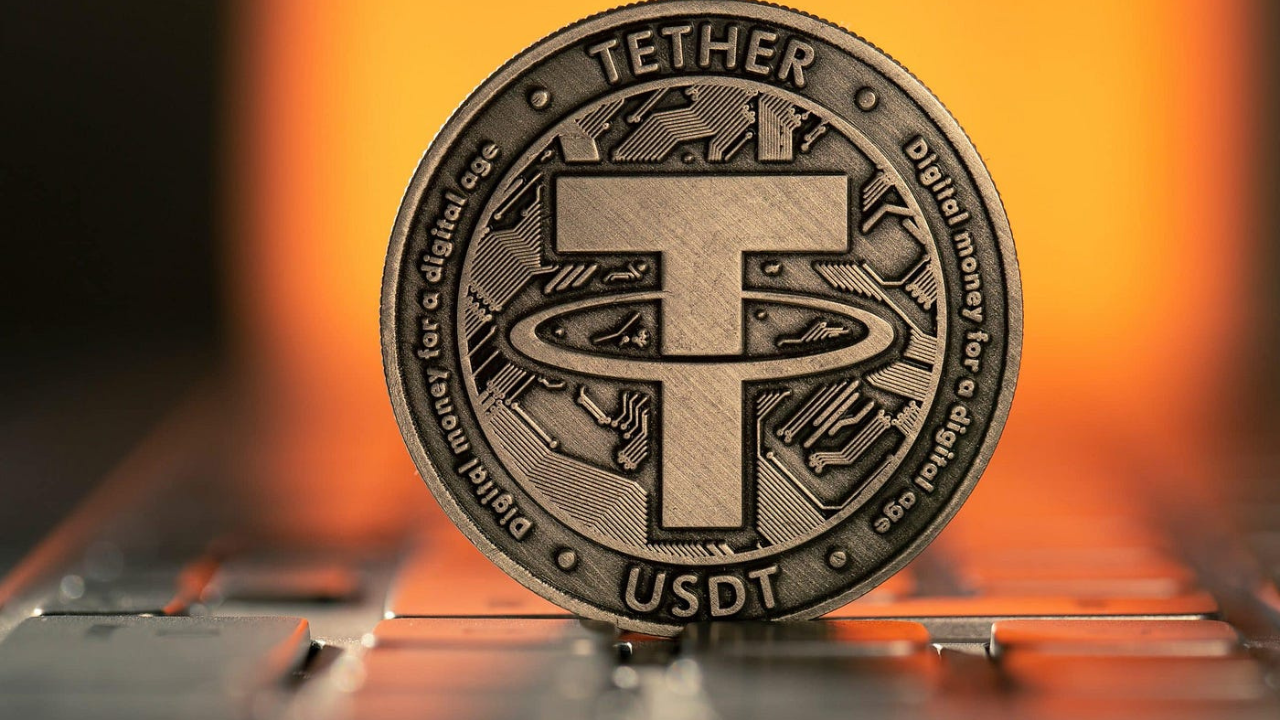The most popular stablecoin in the cryptocurrency world is Tether (USDT). USDT is known to have the capability of holding a constant 1:1 ratio to the U.S dollar, which makes it a stable coin in a very volatile market. But knowing how to buy usdt and how to keep this peg so steadfastly, when price volatility is the rule in this space? This article discusses the dynamics of the Tether dollar peg and the issues that it entails.
What is a Stablecoin?
To figure out how Tether can maintain its peg on USD, it is first practical to be aware of what a stablecoin is. A stablecoin is a cryptocurrency whose value has been secured to some type of reserve, be it the U.S. dollar, the euro, or even gold, so as to acquire a fixed value. An example of Tether or the USDT is that it was designed to run at a fixed rate to the dollar with a price of 1.00 USD; in this case, the user can have a comfortable digital dollar to trade across the blockchain networks. Such stability enables Tether to become an intermediary between conventional finance and the crypto economy.
The Reserve-Backed Model
The core of the pegging system of Tether is its reserve system. The firm that issues USDT, Tether Limited, asserts that it only issues new tokens after it gets matching deposits in U.S. dollars into its reserves. The value of every new USDT is meant to be completely supported by an identical value of assets that have been put away. Such reserves are supposed to consist of traditional currencies, cash equivalents, commercial papers, secured loans, corporate bonds, and even cryptocurrencies. In the case when the users buy USDT using dollars, the company mints new tokens and puts them into circulation. On the other hand, the process of paying back USDT to dollars results in the tokens being placed or burned out of circulation.
The Market Demand and Arbitrage Role
Besides the reserve mechanism, the market forces are also very essential in ensuring that Tether remains pegged to the dollar. Exchanges and traders are continuously exchanging and trading USDT depending on the market changes. In the event that Tether had a price lower than 1 US dollar on an open market, the price of Tether would rapidly decrease as traders rushed to purchase the cheaper USDT and redeem it at full dollar value, pocketing the difference. This arbitrage action exerts an upward pressure on the price and causes it to recover to its peg. The reverse also applies where the price increases beyond $1. The traders sell their USDT at a rate higher than a dollar, and this adds to the supply, causing the price to go down. This feedback loop assists in strengthening the stability of Tether, even under conditions that are turbulent in the market.
Openness and Scandal of Reserves
Although the peg seems to be stable at first sight, the composition and handling of Tether reserves have been a frequent topic of debate. The question of whether Tether has enough and proper reserves to support the huge circulation of the USDT has always been a point of criticism. Such fears have been increased by the previous unwillingness of the company to conduct complete and independent audits of its reserves. As a reaction to regulatory pressure and community scrutiny, Tether has also started releasing periodic attestation reports with third-party accounting firms. Such attestations are a picture of what the company has in reserves and liabilities, but not a complete audit, and not real-time verification of the same. However, the reports are supposed to reassure the users that the reserves of Tether are sufficient to keep the peg.
Problems and perspectives
This is not an easy task of maintaining a peg of 1:1 to the U.S. dollar. According to regulatory scrutiny, governments and central banks in diverse jurisdictions have demanded that there be clearer governance of stablecoins. The issues of transparency, operational risks, and reserve composition are still burning questions for the regulators and investors. In addition, the stablecoin market is getting competitive. Competitors such as the USDC, DAI, and more recent options supported by financial institutions are forcing Tether to work on its practices. Such innovations as real-time auditing, higher levels of regulatory compliance, and transparency may be required in case Tether wishes to remain dominant.
Conclusion
Tether is fully collateralized and has a 1:1 peg to the U.S. dollar because of a mix of reserve backing, limited supply, burning, and arbitrage. Although its mechanism seems to be effective, its long-term reliability is determined by long-lasting transparency and dynamic regulatory compliance. The longer stablecoins replace existing financial institutions, the more it will be up to Tether to evolve or be overtaken by other, more open and controlled stablecoin providers. Tether is the preferred stablecoin in the crypto ecosystem currently.


